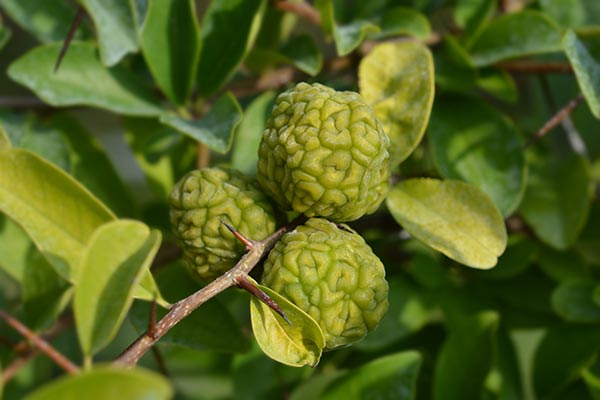Ancient ingenuity: Amazon tribes built fishponds to survive long droughts
02/14/2020 / By Arsenio Toledo

According to a study led by researchers from the Federal University of Western Para in Brazil along with colleagues from France and Germany, ancient tribes that lived in the Llanos de Moxos region in Bolivia for thousands of years used a network of fish ponds to support their settlements. The researchers also believe that these fish ponds were used to protect the tribes against the months-long droughts that are common in that area of the Amazon Basin.
The researchers, whose findings were published in the open-access journal PLOS ONE, studied ancient settlements found in the Llanos de Moxos region in Bolivia. This area is a vast savanna that floods annually from around October to April and then receives virtually no rain for the rest of the year. The researchers say that humans that settled in the area began construction on massive earthen mounds that acted as permanent settlements beginning at around 500 AD. One such settlement, known as Loma Salvatierra, was located more than 31 miles (50 km) from the nearest river, the Mamore River that belongs to the massive Amazon River system.
Previous research into the Llanos de Moxos area suggests that pre-Hispanic settlements like Loma Salvatierra built a series of shallow ponds that surrounded the earthen walls and were connected through a series of canals. These ponds are believed to serve multiple purposes for the settlement, including capturing rainfall to store fresh water for the dry season, and acting as a drainage system for the settlement. Researchers even believe that they were used as fishing ponds, but how the fisheries functioned in such conditions is still not well understood.
Fish bones tell the tale of the people of Loma Salvatierra
The researchers examined these ponds and the remains of over 17,000 fish found in midden piles. These bones were documented and analyzed by the National Museum of Natural History in Paris. They found that there were over 35 different taxa of fish and four species were dominant: swamp eels, armored catfish, lungfish and tiger fish. These fish had adapted to the conditions of living in the ponds. Specifically, they had adapted to living in a pond with fluctuating water levels and with low levels of oxygen. These conditions are only expected to arrive if the area experienced long dry periods between annual rains.
This evidence, along with the previous research concerning the pond networks in other parts of the region, suggests that the ponds were used to harvest fish all year round away from other large natural open-water habitats. This proves that the humans that settled in this area were able to modify their environment in order to survive during periods of drought. (Related: New research exposes the risks of geoengineering to artificially intervene in global warming: It may devastate the planet.)
“Although many studies have drawn attention to how Pre-Hispanic inhabitants of these savannas managed to deal with excess water, little attention has been paid to understanding how large and permanent populations were sustained during long periods of drought,” said the authors of the study in their latest report.
They added: “The savanna, in contrast to the large Amazonian rivers, presents a distinct set of fishing habitats where humans likely established specific fishing strategies.”
The researchers believe their study takes knowledge about landscape modification and specific cultural technologies a step further. However, they also believe that more research needs to be done on the area. Specifically, studies need to investigate how fish were stored and whether the fishing activities changed in response to the irregular precipitation and landscape fluctuations. Other settlements in the area with fish ponds also need to be investigated. Two other regions in South America, the Venezuelan Llanos and Marajo Island in Brazil, also have ponds appear next to earthwork settlements. Future research needs to consider if these kinds of environmental modifications were limited to the Llanos de Moxos region or were widespread.
Sources include:
Tagged Under: Amazon river, ancient engineering, ancient ponds, Archaeology, bolivia, discoveries, Drought, environment, environmental engineering, fish ponds, fishing, history, research
RECENT NEWS & ARTICLES
COPYRIGHT © 2017 RESEARCH NEWS




















